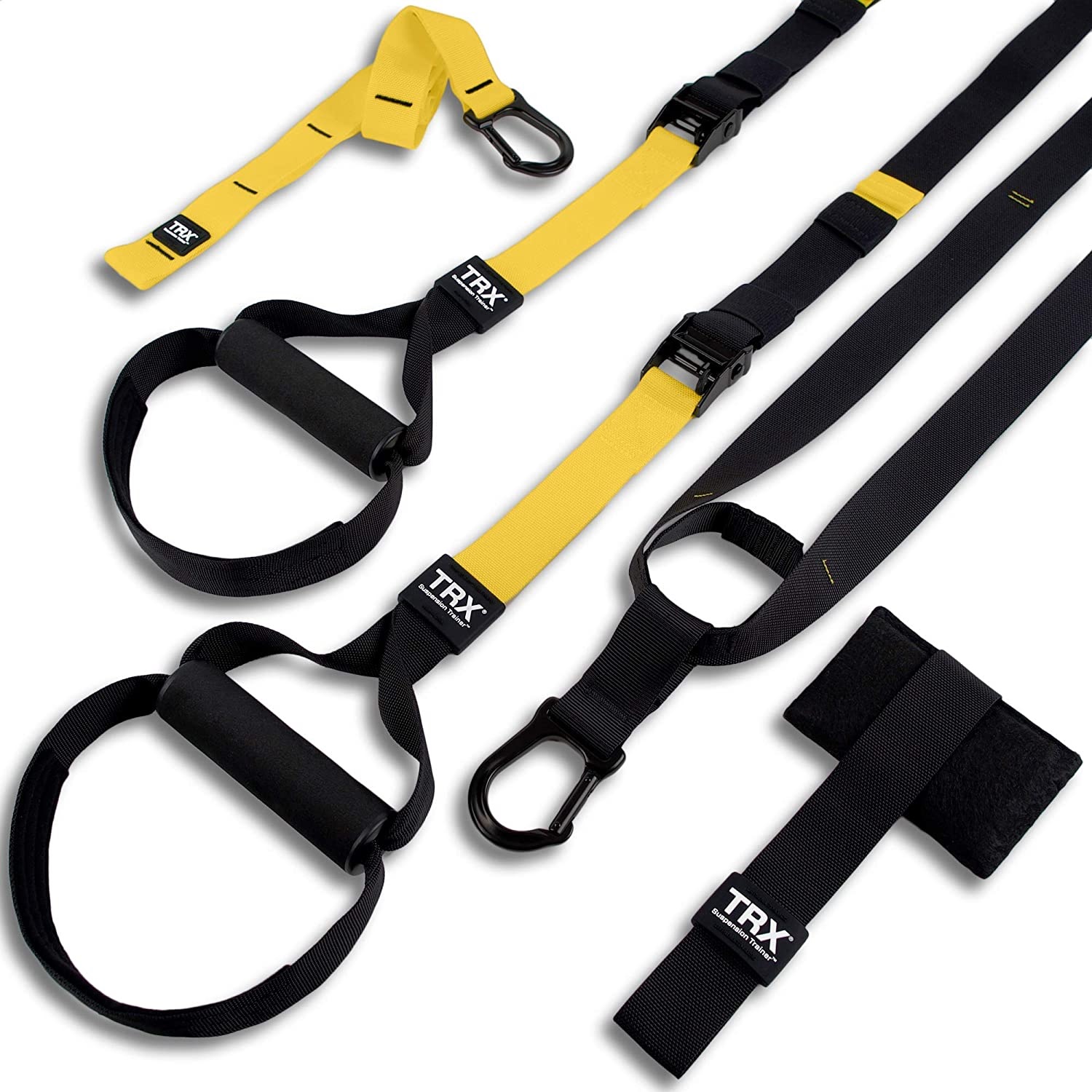- Welcome to the TRX Transformation, a game-changing exercise designed to not only warm up your shoulders but also elevate your overall performance in the gym.
- When you are looking for superior thoracic mobility and a focus on frequently overlooked external rotators, the TRX Transformation emerges as the answer to your fitness goals.
- Unlike traditional face pulls, this exercise stands out, providing tangible improvements in both posture and shoulder mobility.
- As you integrate the TRX Transformation into your routine, you will witness a significant boost in performance and endurance. This dynamic workout not only targets your shoulders but sets the stage for a holistic enhancement of your entire gym experience.
Total Resistance Exercise (TRX)
Total Resistance Exercise, commonly known as TRX, stands out as a suspension training technique recognized for its versatility and effectiveness. Conceived by former Navy SEAL Randy Hetrick, TRX employs adjustable straps and handles anchored to a stable point, offering a dynamic and scalable approach to resistance training.
Equipment and Setup
- The core of TRX consists of two adjustable straps with handles, commonly anchored to a sturdy point like a door frame, overhead beam, or a specially designed TRX frame.
- The simplicity of the equipment belies its effectiveness. Users can adjust the length of the straps to modify the intensity of exercises, making it suitable for individuals of various fitness levels.
Versatility of Exercises
- One of TRX’s standout features is its versatility. The user’s body weight becomes the primary resistance, allowing for a full-body workout.
- TRX exercises engage multiple muscle groups simultaneously, promoting functional strength, stability, and flexibility. From squats, lunges, and rows to more advanced moves like pikes and single-leg squats, the range of exercises is vast and adaptable.
Core Emphasis and Stability
- TRX places a significant emphasis on core engagement. Many exercises involve instability, requiring the activation of core muscles for balance and control.
- This not only aids in developing a robust and steady core but also elevates overall functional fitness.
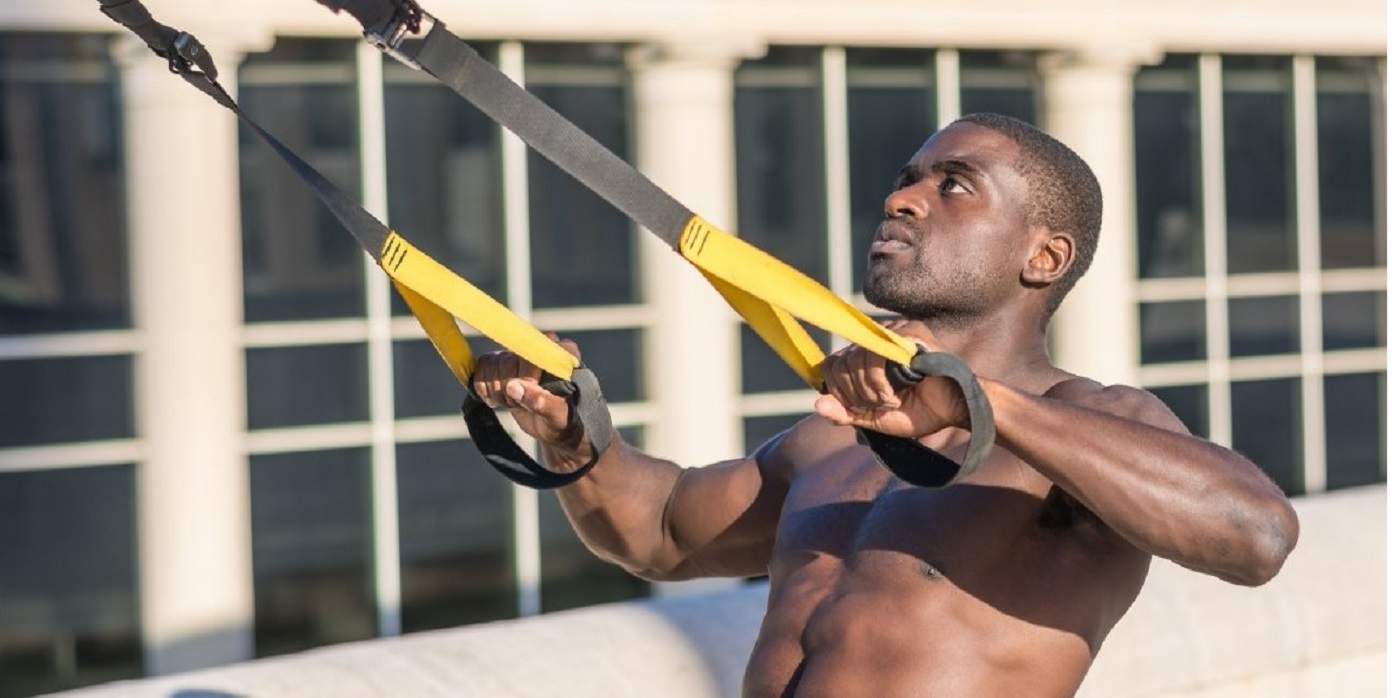
Executing the TRX Transformation: A Step-by-Step Guide
- The TRX suspension trainer is a staple in most gyms making it a convenient addition to your workout repertoire.
- The accessibility of the TRX contributes to its popularity and widespread use. This suspension trainer’s presence in fitness facilities means that individuals can explore its benefits without the need for a significant investment or specialized equipment.
- Before beginning the exercise, it’s essential to adjust the TRX to its maximum length. This customization ensures users benefit from an extensive range of motion during the routine.
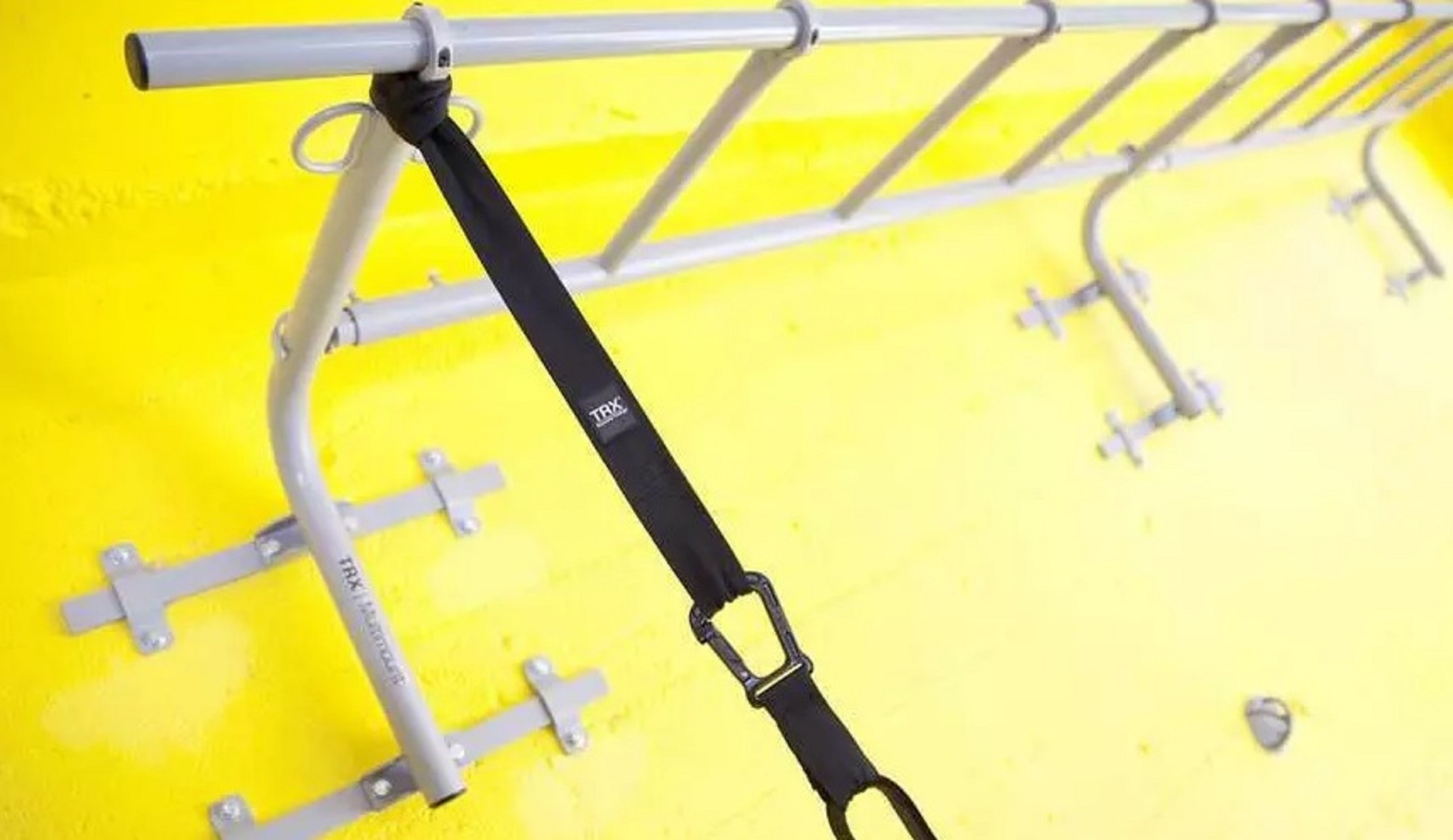
- By setting the TRX to its maximum length, people can perform the exercise with a broader range of motion, enhancing the effectiveness of each movement. This adaptability promotes inclusivity, as users of varying heights and body types can find a personalized setup that suits their needs.
- Maintaining an optimal range of motion ensures precision in executing each phase of the TRX Transformation.
Initial Setup:
- Positioning oneself at a 45-degree angle offers a balanced and functional alignment with the TRX suspension trainer.
- This angle allows people to leverage their body weight effectively, engaging multiple muscle groups throughout the exercise.
- The strategic placement facilitates a natural range of motion, ensuring that each phase of the TRX Transformation is executed with precision and purpose.
- In a departure from the conventional approach seen in face pulls, the TRX Transformation introduces a novel hand positioning strategy.
- Rather than pulling from a high point, as typically done in face pulls, this exercise encourages a unique approach to hand placement.
- Position your hands perpendicular to or slightly below chest level, deliberately deviating from the traditional form.
- This intentional adjustment is strategic, seeking enhanced muscle engagement and pinpointing specific shoulder areas such as the rear delts, rhomboids, and mid traps.
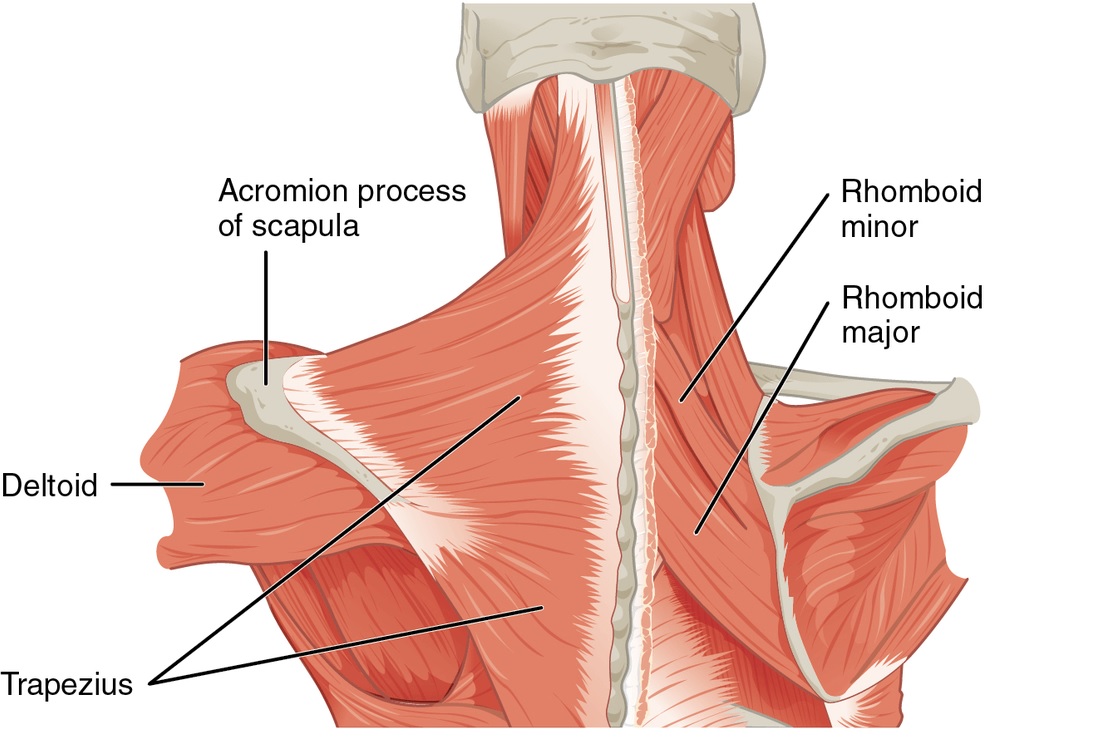
Engaging the Major Muscles
- To commence, pull the TRX towards your face, establishing the groundwork for major muscle engagement.
- Prioritize the involvement of the rear deltoids, rhomboids, and mid traps, fostering a cooperative effort that enhances strength, stability, and flexibility within the shoulder muscles.
- Concentrating on the rear deltoids, located at the posterior part of the shoulder, is a targeted approach aimed at improving the overall function of the shoulder complex. Simultaneously, activating the rhomboids and mid traps contributes to postural improvement, ensuring a comprehensive strategy for shoulder well-being.
- During the pull, introduce a strategic element by separating your hands. The separation of hands encourages a more extensive range of motion, actively involving the targeted muscle groups throughout the entire pull.
- Conclude the pull with your elbows forming a precise 90-degree angle. The 90-degree angle serves as a visual cue, indicating that the major muscles responsible for the pull have been fully engaged and are working cohesively.
Transition to External Rotation:
- As you seamlessly progress through the TRX Transformation, a unique facet comes into play—adaptive engagement with a diminishing percentage of your body weight.
- This adjustment serves as an opportunity to fine-tune your form and strategically engage smaller muscles. The teres minor and infraspinatus, often overshadowed by larger counterparts, now take center stage.
- Maintain a keen concentration on executing precise external shoulder rotation.
Maintaining Shoulder Position
- Following the external rotation phase in the TRX Transformation, the subsequent movement introduces a subtle yet impactful action—the controlled forward pull. This transition plays a vital role in preserving shoulder position integrity while activating specific muscle groups.
- Throughout the forward pull, prioritize retaining your shoulders in a back-and-down position.
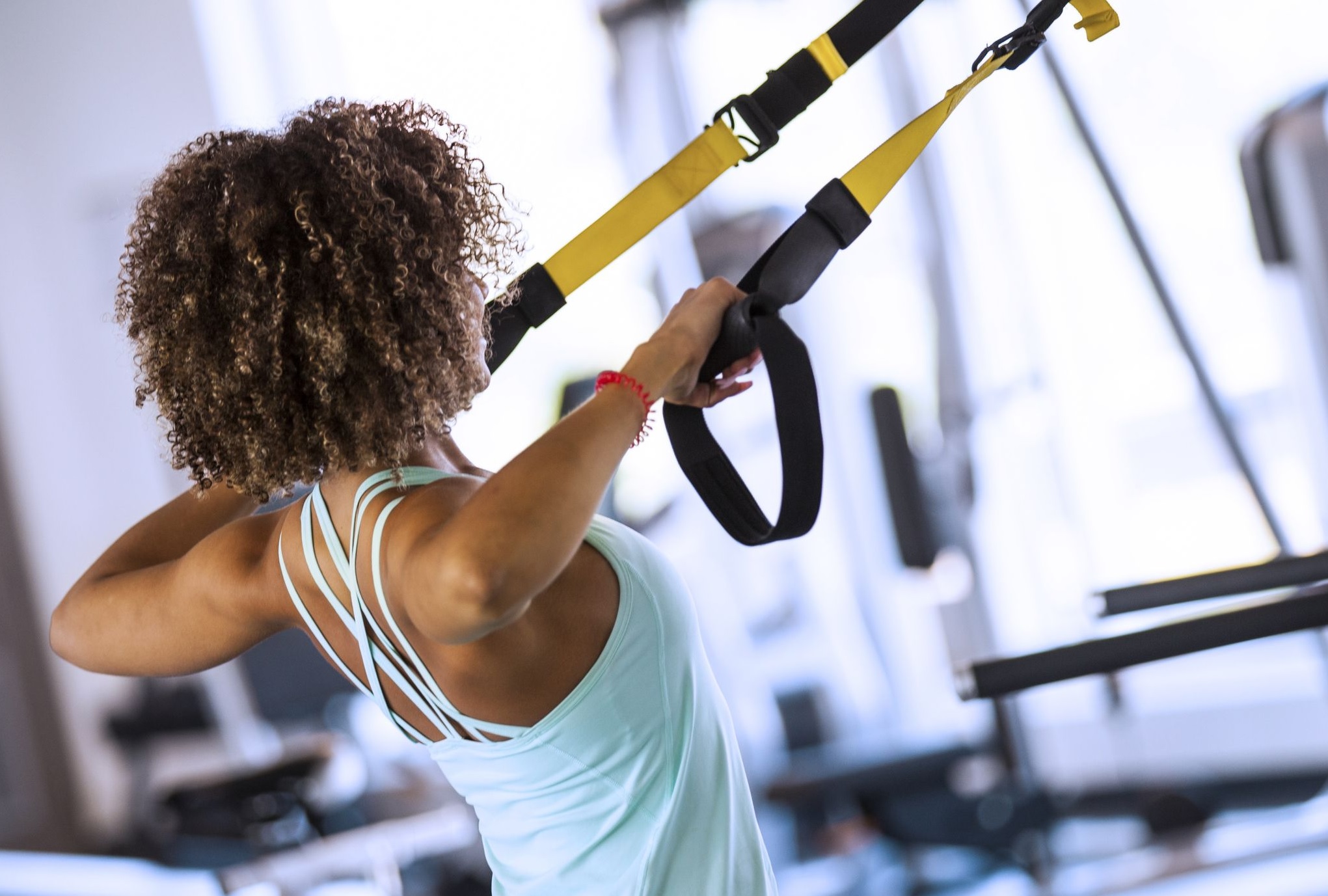
- An often-overlooked muscle, the low trap, receives special attention during this phase. The controlled forward pull activates the low trap.
Incorporate the Press Motion: Unique Press Motion:
- In the TRX Transformation, the press motion diverges from the conventional understanding of pressing exercises. Instead of fixating on the typical muscles associated with a press, the emphasis shifts to a nuanced approach—working against your body weight.
- Unlike traditional presses that isolate specific muscle groups, this approach compels a more comprehensive effort.
- To extract the maximum benefit from the redefined press, sustained engagement in activated muscles is paramount. The focus here is not merely on lifting a load but on maintaining an isometric contraction throughout the movement.
- A distinctive feature of this redefined press is its specific targeting of the low trap.
Controlled and Engaged Movement
- Upholding a slow and controlled pace is foundational in the TRX Transformation. The intentional pace, characterized by deliberate slowness, serves a dual function—it optimizes muscle activation while minimizing the potential for injury, creating a secure and efficient workout environment.
- Consistency in muscle engagement is non-negotiable for success in the TRX Transformation. Every muscle involved, especially the low trap, should maintain a steady and unwavering level of activation throughout the exercise.
- As the exercise progresses through various phases, the low trap remains a focal point. Sustained activation of the low trap demands a special focus, requiring the practitioner to concentrate deliberately on this often-overlooked muscle for optimal results.
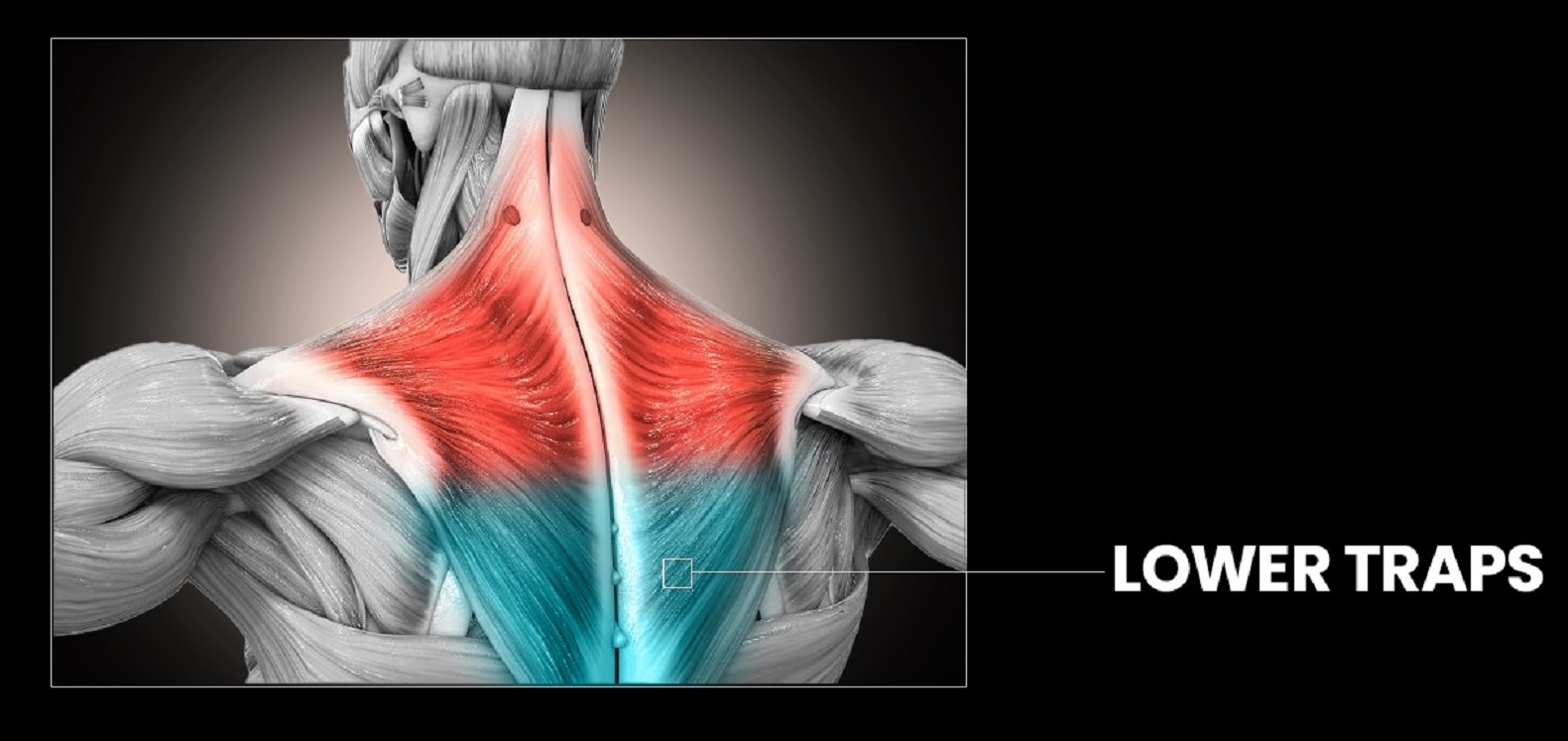
- By immersing yourself in the deliberate concentration of each movement, you also enhance the mind-muscle connection.
Adaptability for Difficulty
- Tailor the difficulty to your fitness level by adjusting foot positioning.
- Inch your feet forward for a heightened challenge or walk them back to reduce resistance, ensuring the exercise remains effective and adaptable.
- By manipulating the placement of your feet, you wield the power to increase or decrease the challenge—granting you the flexibility to push your limits or scale back as needed.
- For those seeking an intensified challenge, inching your feet forward becomes the go-to strategy. This subtle adjustment shifts your center of gravity, demanding more from your muscles and escalating the difficulty of the exercise.
- Conversely, if the exercise feels too demanding or you’re navigating through a recovery phase, walking your feet back provides a welcomed reduction in resistance.
- As fatigue sets in, feel free to recalibrate your foot placement accordingly.

